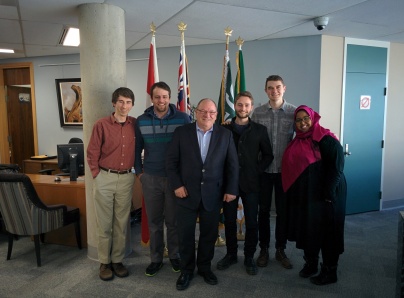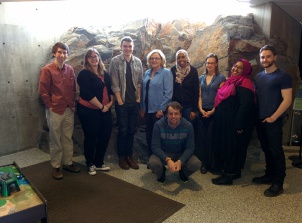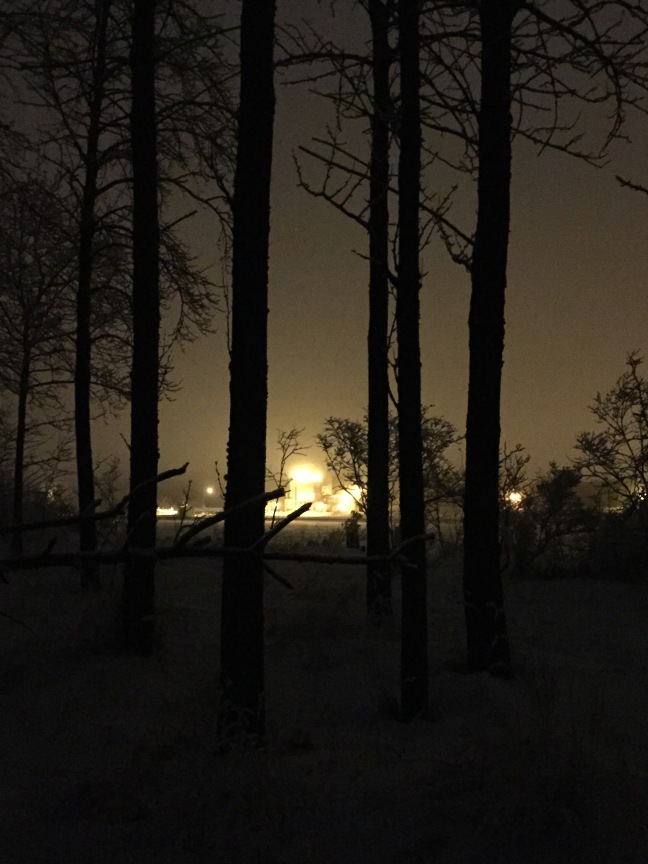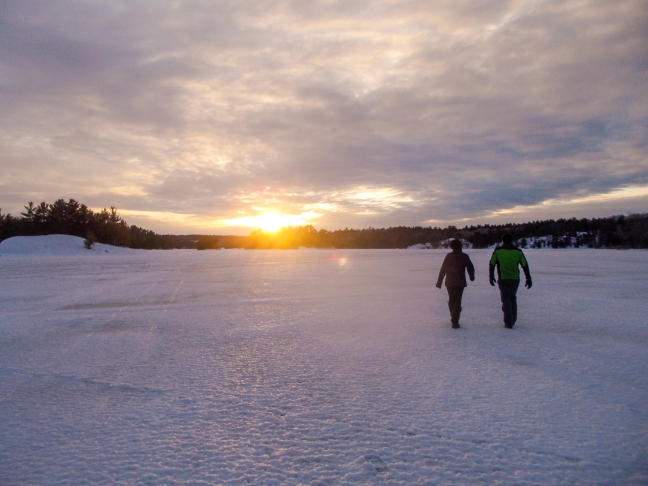By Ian (Team Deep Earth)
Our one week in Sudbury was packed with meetings, tours and a ton of information. Below is just a brief overview of the meetings I attended and some of the key learnings and information I pulled from each of them. A huge thank you to everyone in Sudbury who took the time to meet with us and share their thoughts!
- Meeting with Jennifer Babin-Fenske from EarthCare at the City of Greater Sudbury
- While sustainability is still often a hard sell for businesses, the re-greening of Sudbury since the 1970s has been a source of pride for some parts of the community, leading to an interest in environmental programs.
- The recent climate negotiations in Paris, along with increased interest in sustainability from both the Federal and Provincial governments, have provided validation and encouragement for the efforts of environment focused officials at the municipal level.
- Meeting with Rebecca Danard from reThink Green and The Forge
- reThink Green will be launching the Green Economy North initiative on Earth Day in April as part of Sustainability CoLab. It will be a community driven, business focused, and target based network supporting social enterprise in Sudbury.
- Sudbury is a unique city when it comes to the environment. People have first hand experience with extreme environmental degradation, but also have seen what is possible when a community comes together to support regreening and environmental stewardship.
- Meeting with Mike Whitehouse, Constituency Manager to MP Paul Lefebvre
- Sudbury’s economy has diversified away from just pure mining into mining supply and innovation, with hundreds of new companies supporting local mines and exporting around the world. Supporting this innovation sector will be a key focus for the MPs office in Sudbury as they believe it will be a major area for employment and economic growth in the future.
- Mining companies were essential in the re-greening process that started in the 1970s. Generally they do not like regulations, but once regulations are set, the mines have done a good job of meeting them and supporting community environmental restoration.
- Chat with Professor David Pearson – Living with Lakes Centre, Laurentian University
- A large part of the fight against climate change will depend on municipal leadership. Cities need more incentives to switch to renewables and other sustainable technologies.
- Dr. Pearson was optimistic that the new federal government will increase usage of science in policy making. He said that a return of expert panels as well as National/Provincial Round Tables on Science would be great to see.
- NORCAT Underground Training Centre tour with Greg Major
- The NORCAT training centre offers training programs to give people the basics of mining before they apply to work at an operating mine. The centre is also used by mining innovation companies to test new technologies and tools.
- Women make up only about 5% of people trained through the mine but this is a step up from the past. Women have proved themselves to be just as capable in the mines as men, often finding better ways of tackling problems instead of relying on brute strength.
- NORCAT tour with Kyle McCall + Meeting with CEO Don Duval
- NORCAT began as a skilled trades training centre but has expanded into supporting innovation and engineering within mining and other sectors in the region.
- Brain train from northern Ontario is a major issue but NORCAT and the companies that work within the building are finding ways to keep talent local through innovative work spaces, internships and access to tools/resources.
- Meeting with team from Science North
- The Science Centre has focused on having real scientists involve visitors in real science throughout the exhibits. This interactive method has been a huge success for getting visitors engaged.
- Science North has had a significant economic impact on Sudbury but it is the impact it has had as a community resource that people at the centre are proudest of. The centre serves all of northern Ontario, inspiring and engaging youth in science through outreach in Sudbury and across the province.
- Meeting with Sudbury Mayor Brian Bigger
- The city is working with Laurentian University to create the Sudbury Protocol. The Protocol will amalgamate and then disseminate the key learnings from the years of research and implementation of re-greening in the city. This will give communities around the world access to best practices on environmental restoration, and increase demand for Sudbury environmental expertise nationally and internationally.
Thank you again to everyone for taking the time to meet with us!


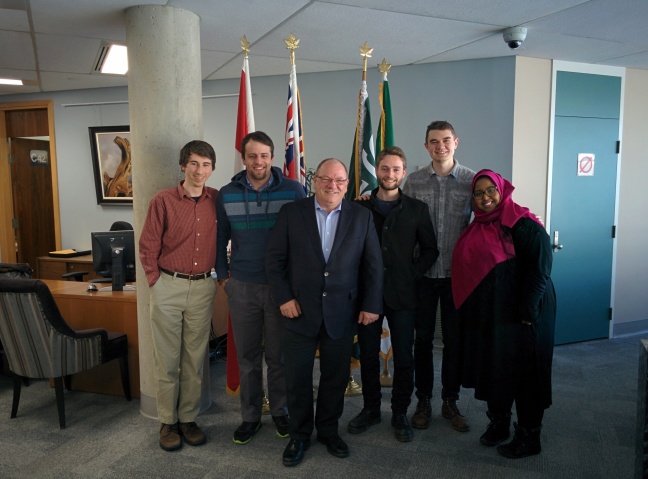
![IMG_3056[1]](https://journeysthroughontario.files.wordpress.com/2016/03/img_30561.jpg?w=648)
